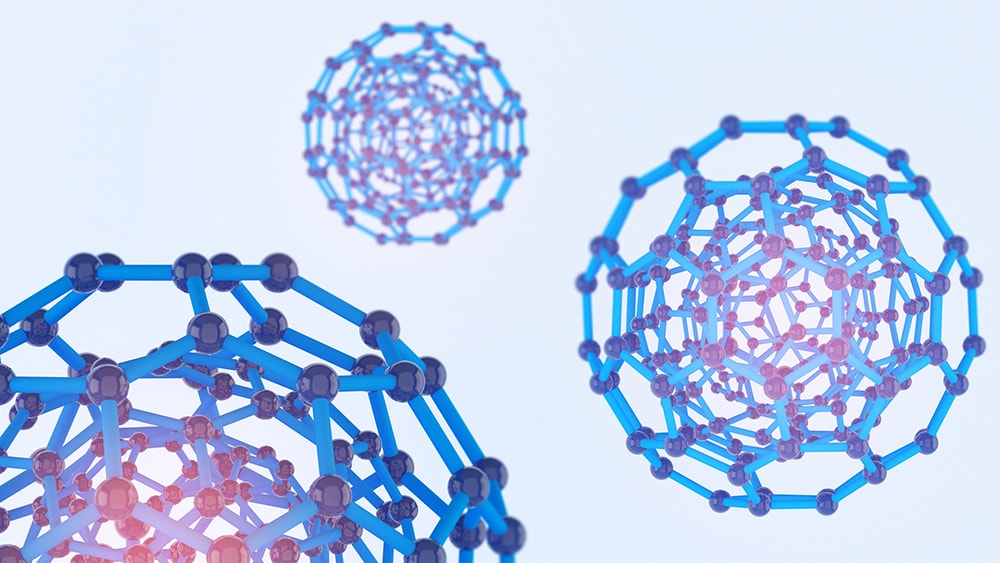Nanoparticles could concentrate germs and help hospitals quickly identify outbreaks

Healthcare-associated infections cause nearly 700,000 illnesses in the United States every year. But when an outbreak occurs, zeroing in on the source of an infection in a hospital can be difficult and time-consuming. Did it emerge from a hospital room sink? A patient’s bedside table? A cart pushed from room to room?
To simplify source identification, CDC is testing whether nanoparticles can be used to draw out disease-causing germs from environmental sampling swabs taken around a hospital. The nanoparticles, which are generally bigger than the size of a virus but smaller than bacteria, are treated with a chemical coating that latches onto specific pieces of protein, free-floating DNA, or even the whole germ itself. That process can concentrate any germs the swabs picked up, making it easier to identify them.
“If successful, applying this technology could let hospitals get to the source of an outbreak faster and more cheaply than they can today,” says Angela Coulliette-Salmond, a CDC public health environmental microbiologist, “and allow quicker infection control measures to prevent further illnesses or deaths.”
“The idea is to have something you could do in the field, so whoever is out there collecting samples in a hospital room could process that sample in a few hours, on site, and you would have your results,” Coulliette-Salmond says. “If we had this rapid test that would detect these hidden organisms, we would allow for a more rapid intervention to take place.”
CDC is currently testing how well the commercially available nanoparticle technology works in laboratory studies. Field tests in healthcare settings will be possible within two years. Similar efforts are under way to use the same nanoparticle technology to detect the virus that causes COVID-19 in samples taken from surfaces or wastewater.